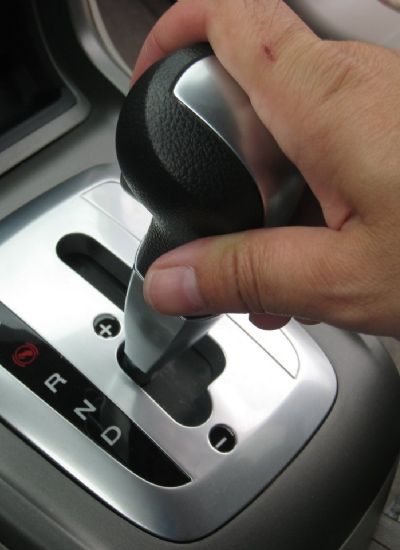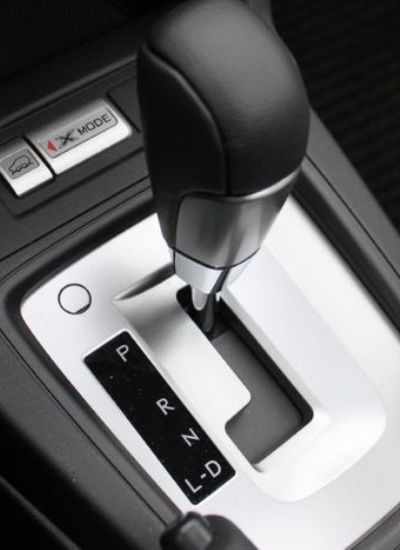Tips on How to Install Your Own Snow Tires
- Using snow tires in winter can reduce braking distance by 60 feet when driving at 37 mph.winding road in the snow image by Sean MacLeay from Fotolia.com
Installing snow tires on your vehicle increases traction and reduces the chances of getting stuck or having an accident in the snow. A study by the Ministry of Transport of Quebec showed that the use of winter tires, as they are also called, during winter temperatures improves collision avoidance by 38 percent and reduces stopping distance by 60 feet while traveling at 60 kilometers per hour. The efficiency of snow tires, however, depends on how you install and use them. Snow tires can reduce the safety of your car instead of improving it if they're not installed correctly. - Don't mix snow tires with regular tires. Even If you install snow tires on your car's drive wheels -- for instance, the rear tires if your car is a rear wheel drive -- your car's overall handling will suffer. Using tires with different tread types, elasticity and size could jeopardize the stability of the car instead of improving it. Manufacturers recommend you change all four tires, and in Quebec, it is a legal requirement to install snow tires on all wheels from December 15 to March 15.
- Do not use all-terrain tires if the chances of snow and very-low temperatures are high. Some tires are marketed as all-season or mud and snow tires, but this does not mean they perform the same as snow tires. Mud and snow tires, for instance, base their name on the void-to-rubber ratio of their tread design, which is similar to that of snow tires. However, snow tires are designed and tested specifically for their performance during winter temperatures while mud and snow tires must accept compromises to provide acceptable results throughout the year. All-terrain tires are not as flexible in the cold, nor do they have the best tread for snow-covered surfaces.
- Avoid using the same rims for your regular and snow tires. Buy an extra set of rims to be used only with snow tires. This will make changing your snow tires easier and will also save you the cost of balancing your wheels at the beginning and end of winter.
- Sporty wide, low-profile tires may be good for dry summer roads but they are terrible for wet and snow-covered roads. The narrower your tire the better your grip and the more easily you can travel through snow. Choose the snow tire size recommended by the manufacture of your car.




















